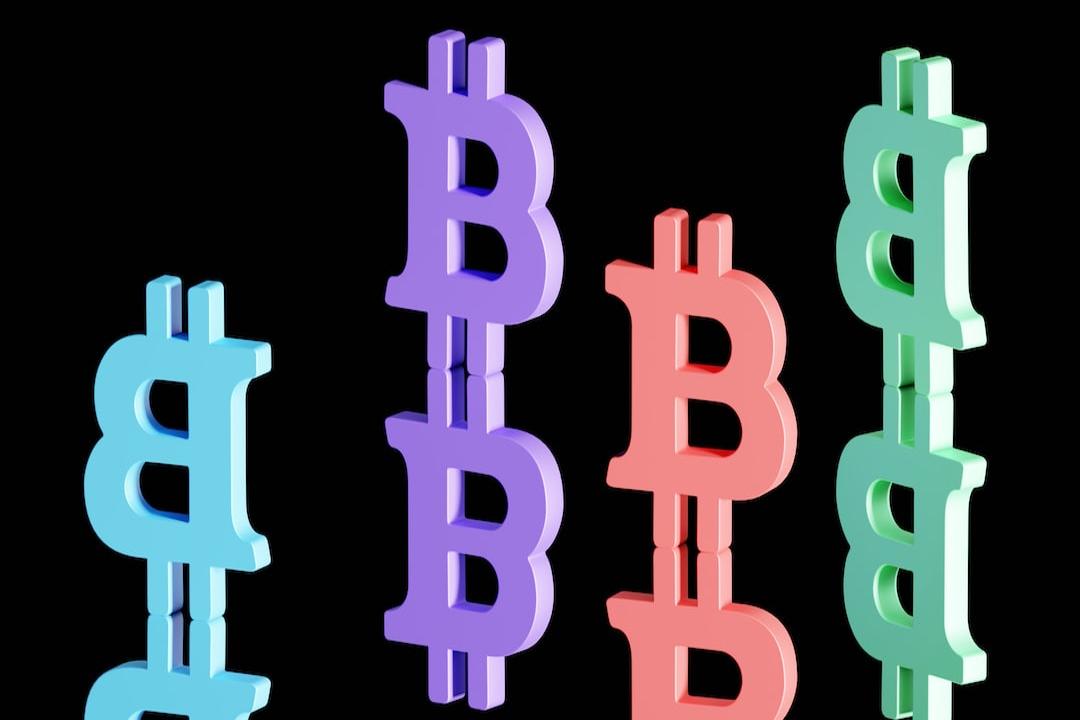Former Gartner executive Peter Sondergaard’s famous quote, “information is the oil of the 21st century,” highlighted the significance of knowledge in the digital era. However, as artificial intelligence (AI) has become more accessible to the masses, the narrative has evolved. Today, data has become the new gold, particularly when it comes to training large language models (LLMs) for AI. In just five years, the global data created and consumed will triple, according to Statista.
Unsurprisingly, investors are following the data, with Crunchbase estimating that over 25% of venture funding in United States-based startups in 2023 has been directed towards AI-related projects, doubling the previous four-year period.
These impressive numbers have led to an arms race, as capital floods into AI investments. Organizations are realizing that the AI industry, projected to surpass $200 billion in 2024 and reach $1.81 trillion by 2030, faces significant unsolved challenges.
One of the major challenges AI faces is the need for authentic and verified data. If the data fed into AI is not reliable, there is a high risk of introducing biases. To ensure AI is production-ready and lives up to its promised impact, it is crucial to address these challenges, manage biases, and avoid intellectual property infringements.
This is where blockchain technology comes in. Blockchain’s inherent features, such as immutability, traceability, and transparency, make it a perfect match for AI. By harnessing the power of decentralization, blockchain can provide a reliable infrastructure to tackle these challenges. However, blockchain has been preoccupied with its own obstacles, such as achieving security, scalability, and decentralization.
Most blockchain networks struggle to keep up with the bandwidth demands of today’s data processing, making it difficult to envision a future where blockchain infrastructure can support the exponential growth of data. However, Polkadot, with its sharded multichain network that enables parallel processing of transactions, aims to eliminate these bottlenecks and position itself as the ideal infrastructure for handling the AI-driven data explosion.
In addition to its infrastructure benefits, the Polkadot ecosystem includes multiple parachains, which are individual layer-1 blockchains that operate within the Polkadot network, further expanding its capabilities. Here are a few examples:
1. OriginTrail: OriginTrail is a Polkadot parachain building a decentralized knowledge graph to address data authenticity concerns. By organizing critical knowledge assets and leveraging decentralization, OriginTrail allows anyone to contribute to and verify the knowledge graph that AI relies on for training and search queries.
2. Phala Network: Phala Network is a decentralized physical infrastructure network that powers coprocessors for AI. Its technology stack enables AI to interact with blockchains and provides toolkits for developers to build, ship, and monetize smart contract-centric AI agents. Phala aims to become the coprocessor for the entire blockchain ecosystem.
3. Bittensor: Bittensor is an open-source protocol that powers a decentralized, blockchain-based, tokenized machine learning network. It incentivizes the peer-to-peer sharing and collaboration of decentralized machine learning models, democratizing AI and making it accessible to a wider audience.
With its forward-looking vision and growing ecosystem, Polkadot is poised to play a crucial role in the AI revolution. It offers a robust platform that can handle the bandwidth and scalability needed for exponential data growth. As the AI landscape continues to evolve, Polkadot stands at the forefront, unlocking productivity and solving real-world challenges.
Please note that Cointelegraph does not endorse any content or product mentioned in this article. Readers should conduct their own research before making any decisions related to the company mentioned.

